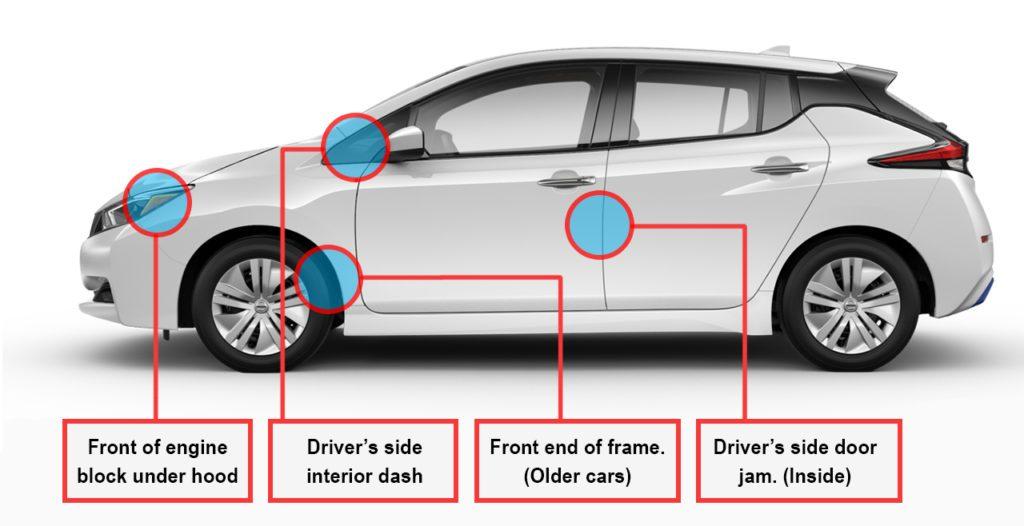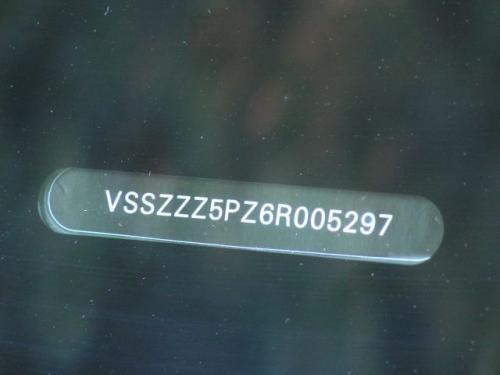
Car history. How can I check if I know the VIN number?
Content
- What is VIN?
- How to check the history of a car?
- What data will be included in the vehicle history report?
- Information
- The history of the car in theft bases
- The course
- Damage history
- Equipment - basic data
- Pictures - very good if they are
- Additional Information
- Why Use Vehicle Status Reports?
- Why is it not possible to check the history of a car for free?
 Many used car buyers focus on visual inspection. True, they are significant, but on the other hand, many copies are not worth watching at all, because they are not worth buying at all, or at least they do not deserve the rating with which they are displayed. And you can learn all this from checking the car by VIN.
Many used car buyers focus on visual inspection. True, they are significant, but on the other hand, many copies are not worth watching at all, because they are not worth buying at all, or at least they do not deserve the rating with which they are displayed. And you can learn all this from checking the car by VIN.
Checking the VIN is a procedure that requires only the chassis number to be known. If this is not indicated in the ad (and it has already become mandatory on several automotive sites), just ask the seller. The very fact that he does not want to give the VIN is such a serious disadvantage that the ads can probably be skipped. And, of course, the history of the car is not checked manually - specialized online platforms are used for this. J.
What is VIN?
The VIN, or Vehicle Identification Number, is the chassis number assigned by the manufacturer to each vehicle individually. Of course, there are certain standards that regulate how such a number should look like and what numbers (or letters) mean what, but let's agree - so far such details are not relevant at the moment.
The number is applied in several places on the car. The most obvious are the nameplates located in the engine compartment (often on the bulkhead) or in the cab of the vehicle. In most middle-aged cars, the number on the glass is very clearly visible - you can see it without opening the car. In addition, depending on the manufacturer, there are other typical places: under the carpet on the passenger side or even under the spare tire.
How to check the history of a car?
The VIN is the only number that does not change throughout the life of the vehicle, so it is most valuable when it comes to tracking history. Under this number, the car enters the registration databases, databases of insurers, where its accidents, maintenance activities and other details are recorded under this number.
Contrary to appearances, this story is easy to verify. It is enough to go to a website offering such a service and enter the VIN number there. Reports are generated automatically by queries against various databases, and the results are usually sent via e-mail and directly to the screen. Here it is worth noting the fact that individual sites can connect to different databases, so the results of the check can also be different (in this case, the specific values \uXNUMXb\uXNUMXbfor the specified events must be identical).
What data will be included in the vehicle history report?
After you answer the question of how to check the history of a car and choose a service that will help you, you will receive a report. What specific data will be issued by a car check?
Information
Each report will begin with a summary of ownership changes and current legal status. The best websites will provide information about the actual listing of the car on a particular website, but data on co-owners, liens, acquisitions or leases can be much more valuable. With a large number of checks, the history of the car will also include data on the past of a taxi, rental company or driving school.
The history of the car in theft bases
This is an extremely important point in the report. The idea is to find out - preferably from many different national bases, because there is not even a European one, let alone a world one - if a car has been reported stolen somewhere. Red markers appear relatively rarely in this chapter today, but the consequences are serious.
The course
For many people who are interested in reports, the history of a car is primarily a history of mileage. They are added to various databases for many reasons: from technical inspections, police checks to some kind of service activities. Counter rollback is still a very serious problem, but in most cases this practice can be detected thanks to high-quality reports that compare mileage across different bases. Of course, there is a caveat here: not all such scams can be caught, and not all red flags immediately mean serious trouble, but before buying a used car, any information can be valuable. The best report will also indicate the problems associated with, for example, the replacement of the meter or additional corrections.
Damage history
Often this section of reports contains many very useful tips. Of course, this can be extremely unfavorable news, such as complete damage and disposal of the car (often in the case of cars imported from the US into Europe), but also smaller accidents and related damage. This may be a precise delineation of the extent of the damage, or at least a general reference to the extent and extent of the damage. In good reports, this section will be very extensive. They will find out if the car has been repaired, rebuilt or even contaminated with dangerous substances. All these pieces of information can decide whether you should abandon the purchase, or at least reconsider the price quoted by the seller.
Equipment - basic data
Each report will also contain equipment data, the most important of them, ie. engine type and size, year of manufacture or model year. It is important whether certain years of production were versions before and after the elevators, or, for example, the engines were changed to more or less emergency options.
See also: How to save fuel?
Pictures - very good if they are
For newer vehicle reports, it is not uncommon to have a photo in the report, especially when it comes to vehicles with a richer history. They make it possible, for example, to assess the extent of damage after an accident or to detect traces of sheet metal repairs. Depending on how many and which photos have appeared, you can also, for example, detect the listed items of equipment or - which happens quite often - a change in the color of the car.
Additional Information
Workshop reports also often contain an additional information section, including important information from the point of view of operation, data on the service actions performed for a given model or a list of typical faults, which should facilitate diagnosis during the inspection phase. .
Why Use Vehicle Status Reports?
Checking a car by VIN can detect many basic problems - from meter "corrections", through better or worse disguised accidents, ending with very serious reservations, all the way to theft or write-off of records. In these extreme cases, reading the report determines whether the vehicle can be registered. And although, apart from these extreme cases, the report is unlikely to make the purchase of a car pointless, it will give a good boost to the assumptions about what will have to be done immediately after the purchase.
Why is it not possible to check the history of a car for free?
Yes, there is some rudimentary data that can be extracted from various databases - even from the CEPiK - for free, but their usefulness is limited. Comprehensive reports require you to download data from dozens of different databases, which means you need to build access tools and often pay to download the data. In other words, a service that aggregates data for a report incurs considerable costs, so checking a car is not free. On the other hand, the report usually costs several tens of zlotys. This is not much, given that you can save several hundred, and maybe several or several thousand, and nerves, the cost of which cannot even be estimated.
How to check the history of a car? Use an appropriate service that will load data from many databases. For what? To find out if it even makes sense to make an appointment and make a more informed financial decision. A good vehicle history report with a VIN is worth paying for: it's the best way to find out what the seller was trying to hide.
Source: carVertical
See also: turn signals. How to use correctly?